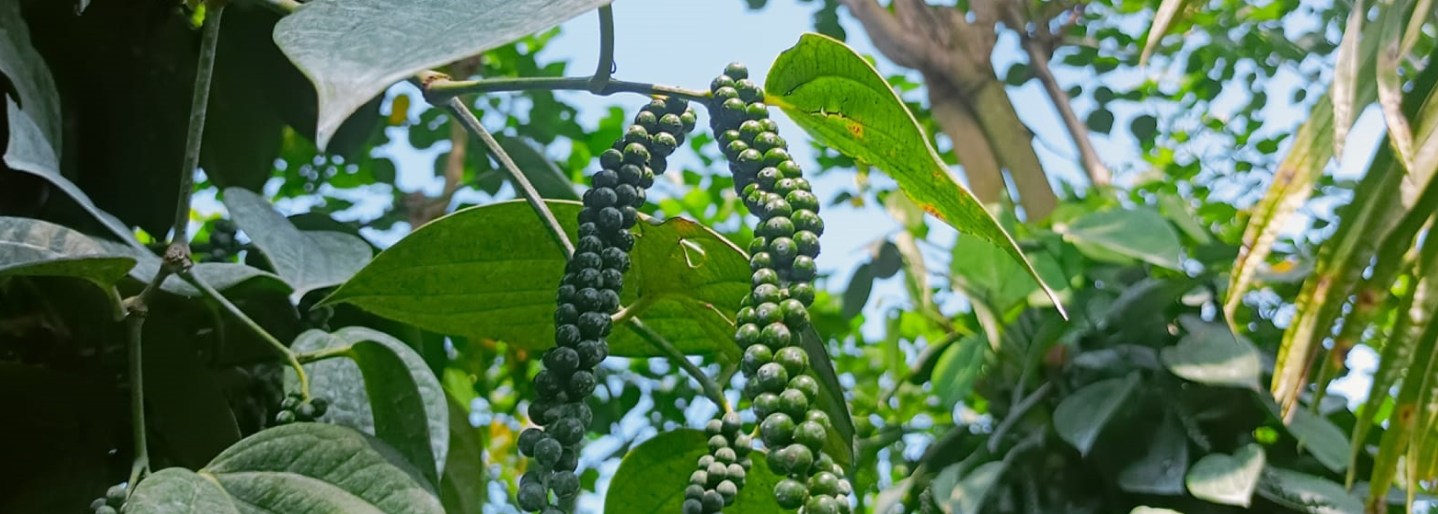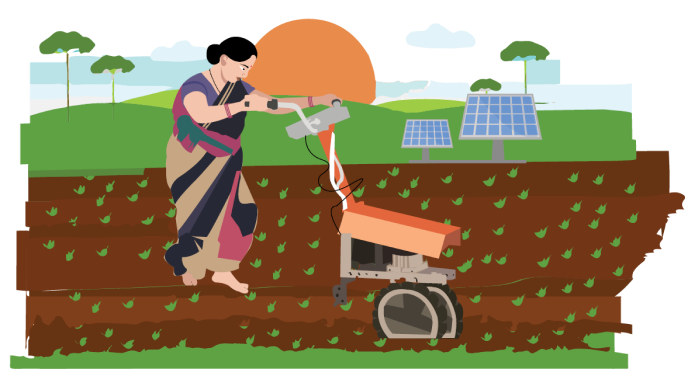“Pepper Picking Perspectives: A Harvesting Tale”


CatalsyeTech aims to foster an enabling ecosystem for innovation driven entrepreneurship at the bottom of the pyramid, to encourage and ensure participation of underrepresented communities.